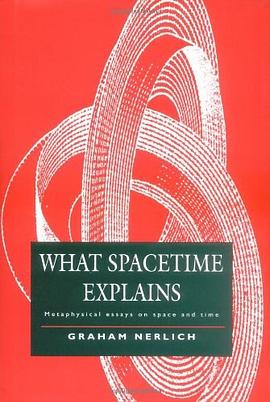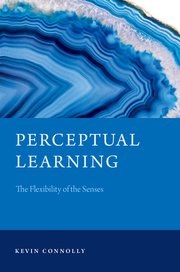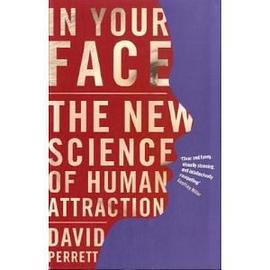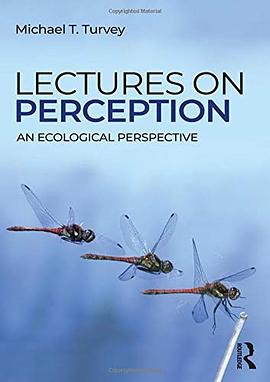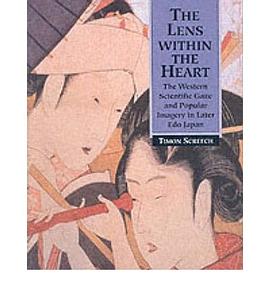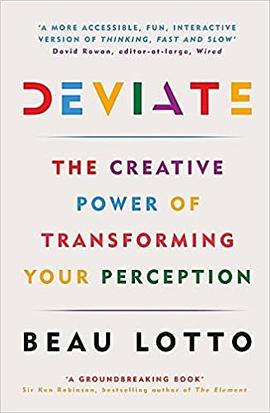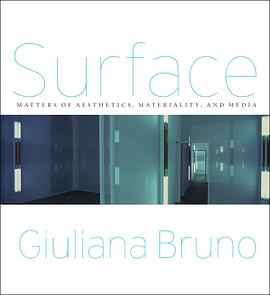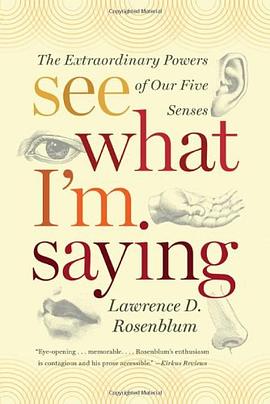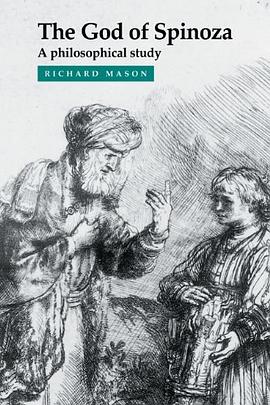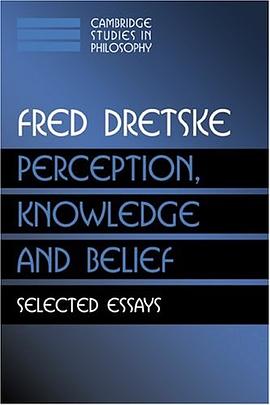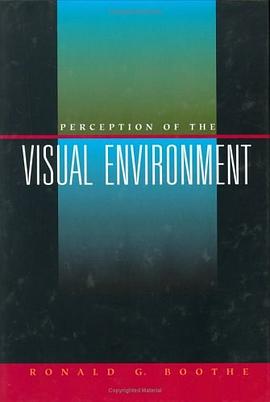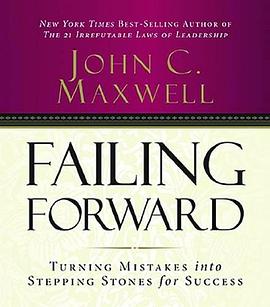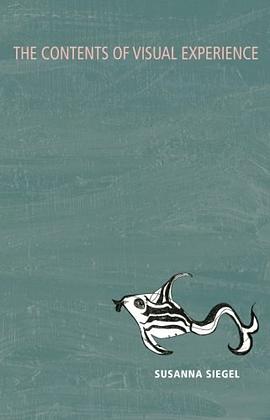

具體描述
What do we see? We are visually conscious of colors and shapes, but are we also visually conscious of complex properties such as being John Malkovich? In this book, Susanna Siegel develops a framework for understanding the contents of visual experience, and argues that these contents involve all sorts of complex properties. Siegel starts by analyzing the notion of the contents of experience, and by arguing that theorists of all stripes should accept that experiences have contents. She then introduces a method for discovering the contents of experience: the method of phenomenal contrast. This method relies only minimally on introspection, and allows rigorous support for claims about experience. She then applies the method to make the case that we are conscious of many kinds of properties, of all sorts of causal properties, and of many other complex properties. She goes on to use the method to help analyze difficult questions about our consciousness of objects and their role in the contents of experience, and to reconceptualize the distinction between perception and sensation. Siegel's results are important for many areas of philosophy, including the philosophy of mind, epistemology, and the philosophy of science. They are also important for the psychology and cognitive neuroscience of vision.
Features
Provides a new framework for understanding the contents of visual experience and investigating what we see
The author develops a new method of discovering the contents of visual experience
Explores the role of high-level properties in visual consciousness
Defends a controversial thesis: high-level contents of consciousness
Interprets and defends the idea that conscious experiences have contents
Lays out a new theory of the difference between sensation and perception
Reviews
"Siegel's book is an important contribution to the contemporary literature on the nature and structure of perception, particularly on the topic of what is sometimes called 'the admissible contents of experience' (the question of which properties we experience in perception)."--James Genone, Notre Dame Philosophical Reviews
"This is one of the most significant books in philosophy of mind for many years. There are three big ideas in it. One is a novel argument for the conclusion that perceptual experiences have representational content. Siegel makes a persuasive case that this argument applies even to all but the most radical of those who take themselves to be opposed to representational views of perception. The second is a set of arguments that these contents of perception are 'rich' in that they go beyond color, shape, illumination, motion, and space. Perceptual experiences represent such properties as being a dog, being a pine tree and even being John Malkovich. The third big idea is a method for adjudicating the contents of perception, the method of phenomenal contrast. This method is of considerable value whether or not one accepts Siegel's conclusions. This book is illuminating, convincing and also wonderfully clear and fun to read."--Ned Block, New York University
著者簡介
Susanna Siegel is Edgar Pierce Professor of Philosophy at Harvard University. She has been named 2012 Walter Channing Cabot Fellow.
圖書目錄
The Content View
Why does it matter whether the Rich Content View is true?
How can we decide whether the Rich Content View is true?
Part I: Contents
Chapter 1: Experiences
1.1 States of seeing and phenomenal states
1.2 Visual perceptual experiences
Chapter 2: The Content View
2.1 Contents as accuracy conditions
2.2 The Argument from Accuracy
2.3 A flaw in the Argument from Accuracy
2.4 The Argument from Appearing
2.5 Two objections from 'looks', 'appears' and their cognates
2.6 The significance of the Content View
Chapter 3: How Can We Discover the Contents of Experience?
3.1 Introspection
3.2 Naturalistic theories of content
3.3 The method of phenomenal contrast
Part II: Properties
Chapter 4: Kinds
4.1 The examples
4.2 The premises
4.3 Content externalism
Chapter 5: Causation
5.1 The Causal Thesis
5.2 Michotte's results
5.3 Unity in experience
5.4 Non-causal contents
5.5 Raw feels
5.6 Non-sensory experiences
Part III: Objects
Chapter 6: The Role of Objects in the Contents of Experience
6.1 Strong and Weak Veridicality
6.2 The contents of states of seeing
6.3 The contents of phenomenal states
6.4 Phenomenal states: Internalism vs. Pure Disjunctivism
6.5 Why Internalism?
Chapter 7: Subject and Object in the Contents of Experience
7.1 Subject-independence and Perspectival Connectedness
7.2 The Good and the Odd
7.3 Complex contents
7.4 Objections and replies
Chapter 8: The Strong Content View revisited
· · · · · · (收起)
讀後感
評分
評分
評分
評分
用戶評價
Boring...
评分Boring...
评分雖然不完全贊同(特彆對知覺作為命題態度的部分處理方案),但是清晰易懂,值得好評。
评分雖然不完全贊同(特彆對知覺作為命題態度的部分處理方案),但是清晰易懂,值得好評。
评分雖然不完全贊同(特彆對知覺作為命題態度的部分處理方案),但是清晰易懂,值得好評。
相關圖書
本站所有內容均為互聯網搜索引擎提供的公開搜索信息,本站不存儲任何數據與內容,任何內容與數據均與本站無關,如有需要請聯繫相關搜索引擎包括但不限於百度,google,bing,sogou 等
© 2025 book.quotespace.org All Rights Reserved. 小美書屋 版权所有

